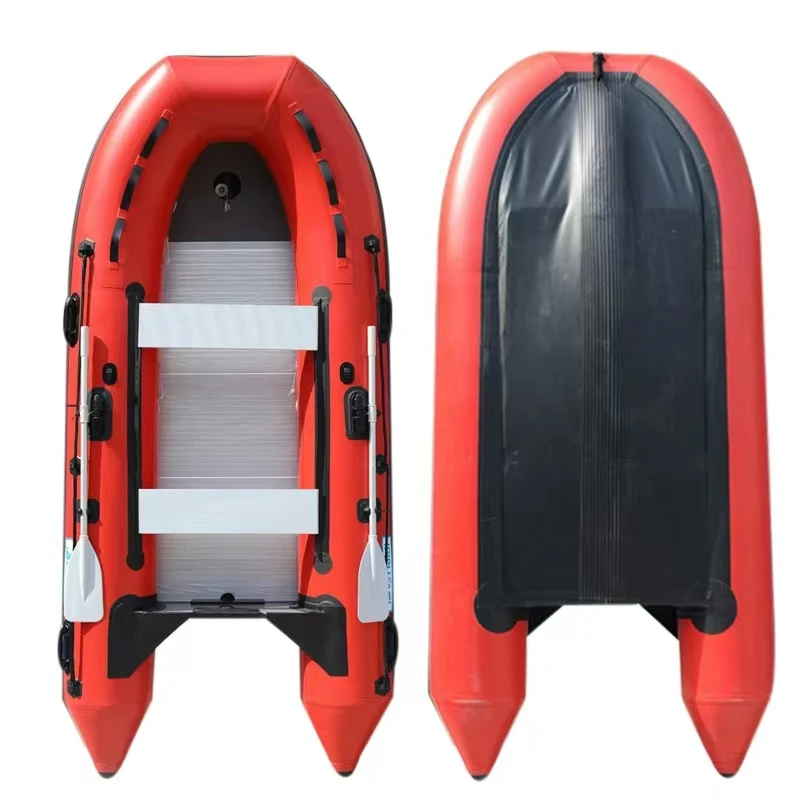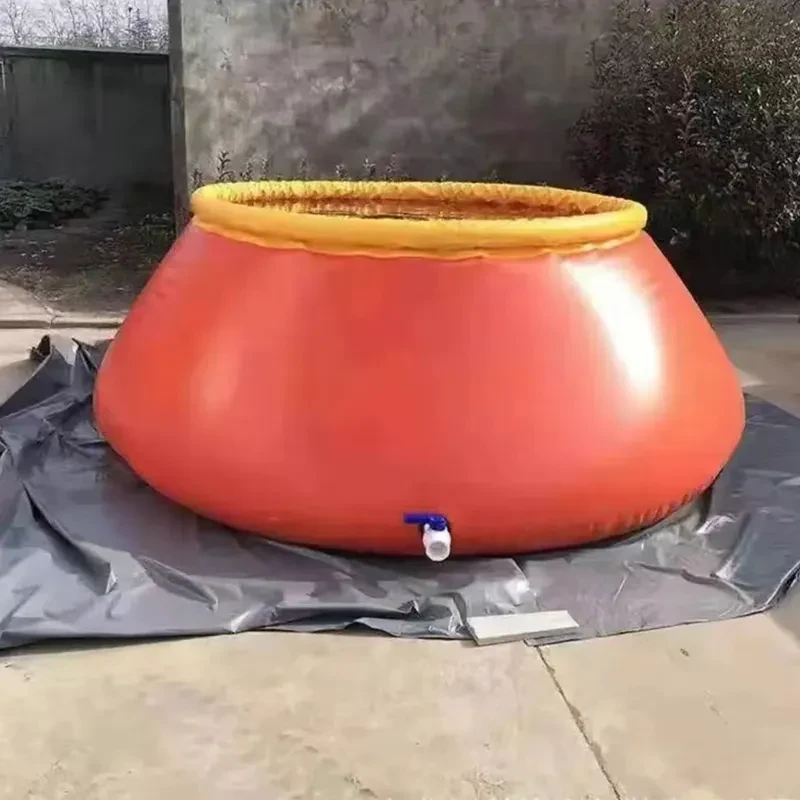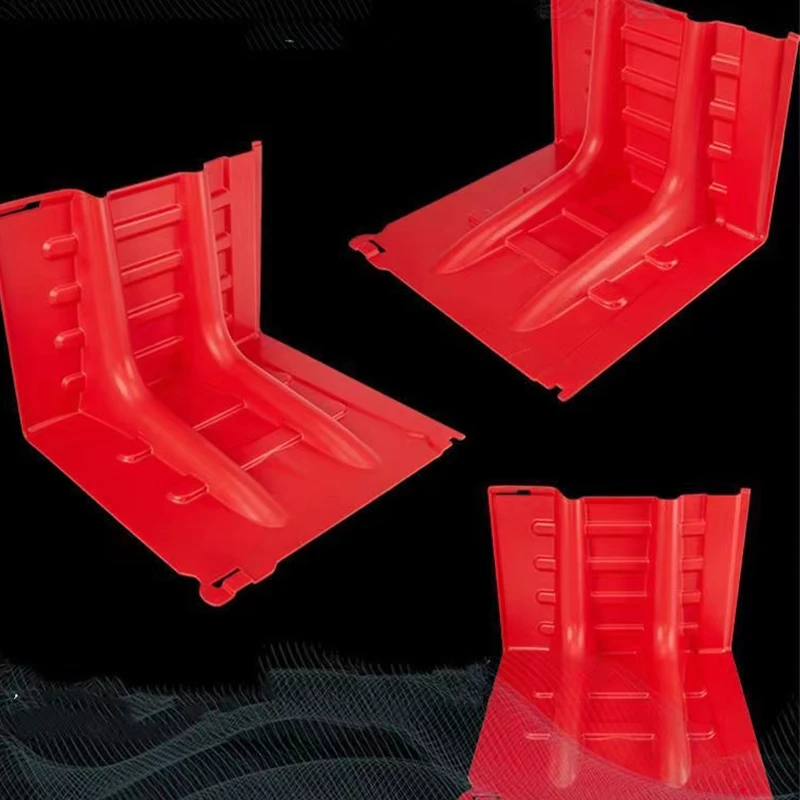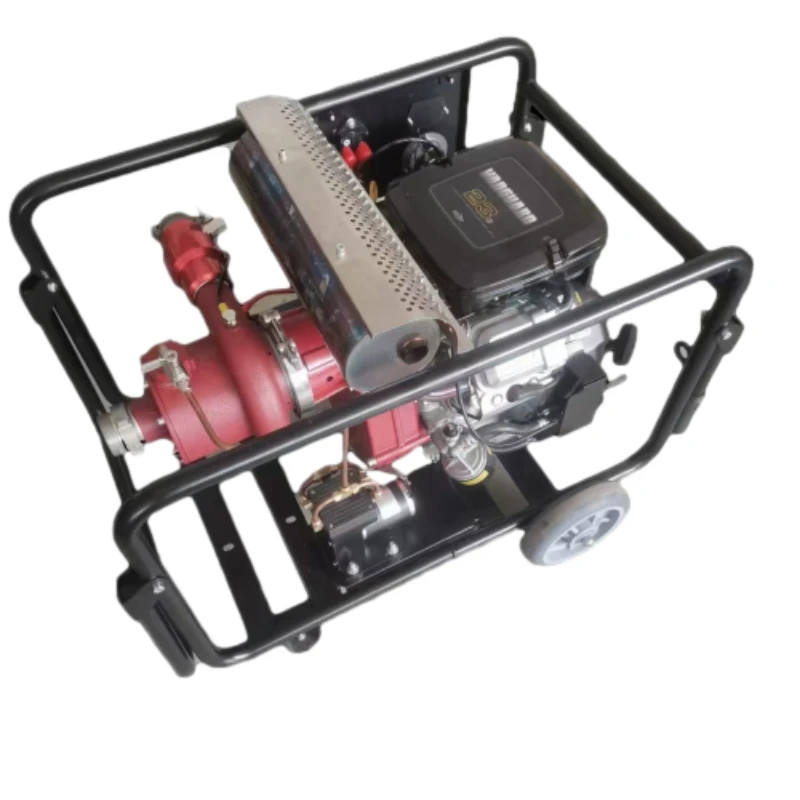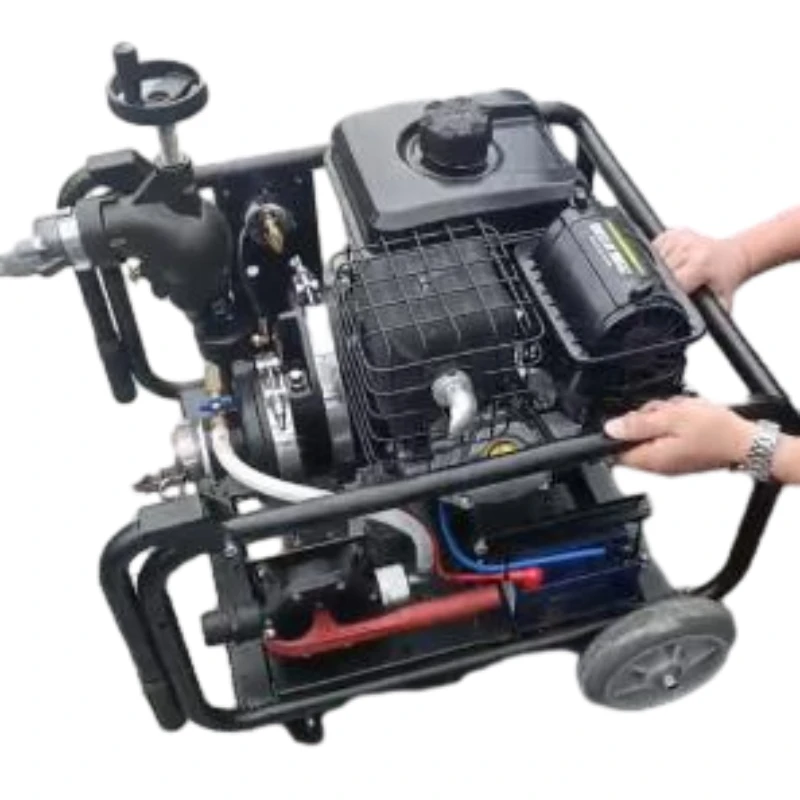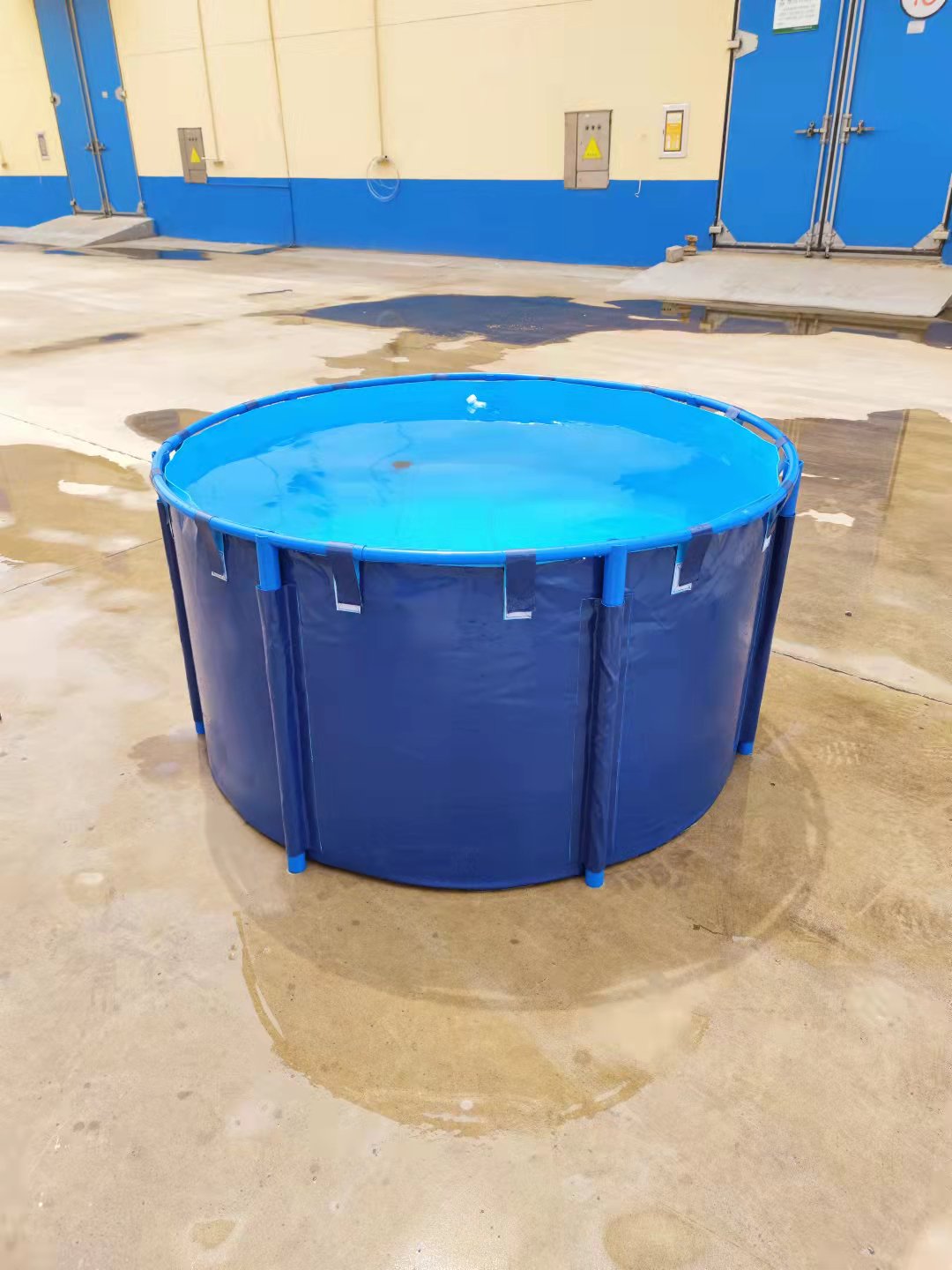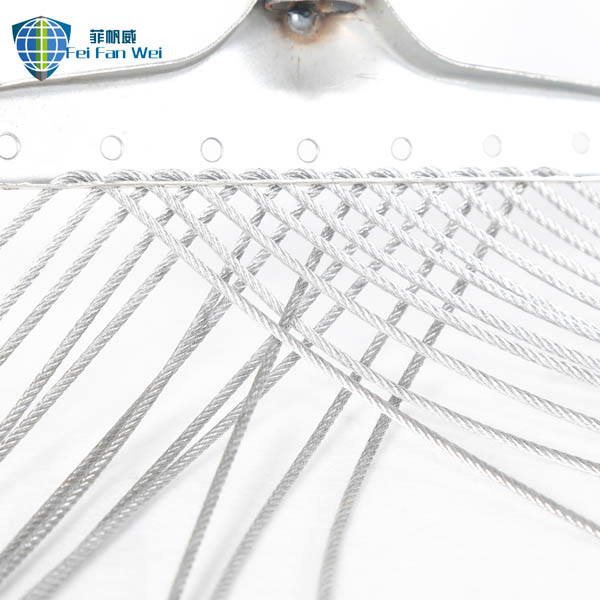- Introduction to NST Fire Hose: Definition, Components, and Core Benefits
- Market Data and Technological Advantages of NST Hose Connections
- Comparative Manufacturer Analysis: Performance, Cost, and Durability
- Customization Options: Materials, Sizes, and Coupling Compatibility
- Case Studies: Real-World Firefighting and Industrial Applications
- Maintenance Guidelines and Troubleshooting for Fire Hose Hose Performance
- Conclusion: Why NST Fire Hose Remains a Preferred Choice
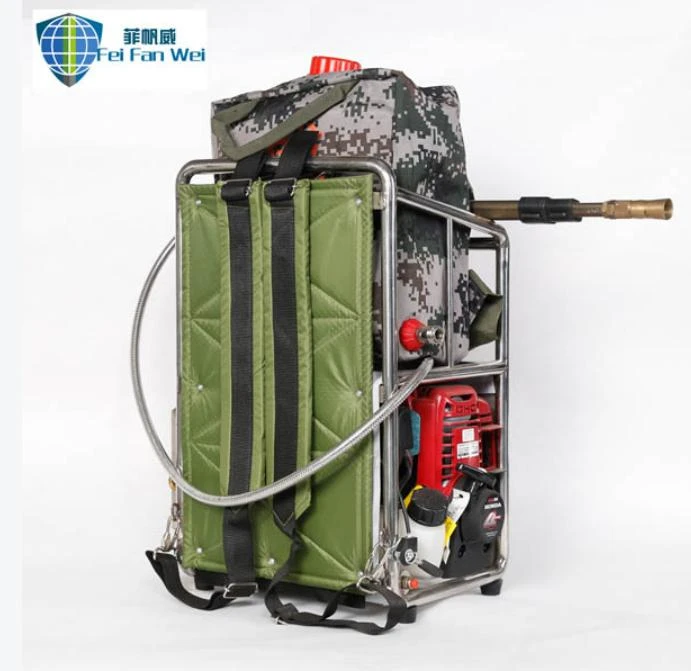
(nst fire hose)
Introduction to NST Fire Hose: Essential Characteristics
The nst fire hose
has become a foundational element in modern firefighting and industrial water delivery systems. This hose, designed specifically with National Standard Thread (NST) coupling, incorporates durable fibers and specialized reinforcements to withstand extreme water pressures and abrasive environments. The NST system, also known as National Hose (NH), is the most common thread standard used by municipal fire services in North America. These fire hose hoses characteristically offer reliable, leak-proof connections, rapid deployment during emergencies, and compatibility with a variety of hydrants, pumps, and nozzles. Their versatility makes them not only a staple for firefighting units but also for industrial safety networks and construction sites, where rapid water delivery is critical for both safety and process efficiency.
Technological Advancements and Market Impact of NST Hose
In recent years, the adoption of nst hose fittings has surged due to ongoing technological innovation. According to 2022 data from the National Fire Protection Association (NFPA), over 85% of municipal and rural fire departments in the United States adopted NST couplings for their standard fire hoses, marking a 15% increase from 2010. This growth aligns with improvements in manufacturing: today's hoses use high-tensile polyester jackets, thermoplastic linings, and anti-kink properties. Bench tests document tensile strengths exceeding 800 psi, with burst pressures reaching above 1,200 psi—significantly higher than legacy products that peaked around 700 psi. Advanced coating treatments now prolong service life by up to 20% in UV-exposed applications. These enhancements mean that NST fire hoses now offer not only superior durability but also better flexibility and minimum friction loss, optimizing both firefighting operations and other high-pressure water transmission tasks.
Manufacturer Comparison: Performance, Cost, and Durability Table
Selecting the right fire hose hose demands evaluating leading manufacturers for product quality, price-performance, and operational longevity. Below is a data-driven comparison of three prominent NST fire hose manufacturers based on industry benchmarks and user feedback collected in 2023:
| Manufacturer | Burst Pressure (psi) | Weight (per 50 ft, lbs) | Abrasion Resistance (Cycles) | Service Life (Years) | Cost (USD per 50 ft) | Warranty (Years) |
|---|---|---|---|---|---|---|
| Phoenix Rescue Equipment | 1350 | 18.2 | 15,000 | 12 | 145 | 8 |
| RedLine Fire Defense | 1200 | 20.5 | 9,800 | 10 | 128 | 6 |
| HydraPro | 1275 | 17.9 | 12,000 | 11 | 133 | 7 |
The above figures demonstrate that while Phoenix Rescue Equipment boasts the highest longevity and resistance, HydraPro provides an optimal balance between weight, durability, and cost. Decision-makers are encouraged to assess operational needs relative to burst pressure, abrasion performance, and warranty in selecting the ideal product.
Customization: Material Choices and Coupling Compatibility
The modern fire hose hose market offers extensive customization options, ensuring that each application receives the appropriate solution for its unique demands. Hoses can be manufactured with single or double jackets woven from polyester, nylon, or synthetic blends to support various exposure levels. Linings might utilize EPDM rubber for standard water systems or TPU for chemical resistance in industrial settings. Standard NST fire hose couplings are engineered from anodized aluminum for weight efficiency or brass for maximum corrosion resistance. Diameter sizes range widely, typically from 1.0” (for wildland fire attack) to 5.0” (for high-volume municipal supply), with custom lengths available to match building layouts or vehicle constraints. Specialty coatings can provide additional resistance to UV light, abrasion, or chemical exposure, further enhancing operational lifespan and reliability. Overall, these customizable options empower risk managers and facility operators to precisely tailor their NST hose assemblies for optimized safety and performance.
Application Scenarios: Field Case Studies
The versatility of NST fire hose extends across multiple sectors, evidenced by recent case studies. In a 2021 large-scale warehouse fire in Texas, the fire department credited their rapid containment to deploying 250-foot NST hoses rated at 1,200 psi burst pressure, enabling consistent flow rates over long distances without significant pressure drop. Fire officials reported a 30% reduction in water delivery time as compared to older, non-NST equipped systems. In another instance, an oil refinery in Alberta integrated custom 4.0” NST fire hoses lined with TPU, reducing annual hose failures by over 45%, according to plant maintenance reports. Industrial cleaning contractors working at port facilities in New Jersey adopted lightweight NST hoses, cutting deployment times by 15% and increasing cleaning throughput efficiency. These successes reinforce the adaptability of fire hose hose assemblies for both emergency response and critical industrial services where reliability and speed are paramount.
Maintenance and Troubleshooting: Enhancing Fire Hose Performance
Sustaining optimal performance of NST fire hose products requires adherence to rigorous maintenance protocols. Routine inspection schedules should include visual checks for abrasion, coupling thread wear, and jacket integrity after each use. Industry guidelines recommend pressure testing bi-annually to verify hose burst and service pressure capabilities. Common troubleshooting tips include immediate replacement of hoses exhibiting bulging, soft spots, or leaking couplings. Lubrication of coupling threads ensures long-term compatibility and ease of assembly during emergency deployment. Storing fire hose hose assemblies flat, in dry, well-ventilated areas away from chemicals or direct sunlight, is essential for prolonging their service life. Additionally, field data show that units implementing strict maintenance regimens report a 25% reduction in hose-related failures and a corresponding decrease in response delays.
Conclusion: Choosing NST Fire Hose for Mission-Critical Reliability
Given the evolving demands of modern fire safety and industrial applications, nst fire hose solutions stand out for their demonstrable reliability, safety, and operational efficiency. Data-backed performance, customization options, and consistent results in challenging scenarios make NST hoses a prudent investment for emergency services and industrial operators. Decision-makers who prioritize performance, durability, and adaptability continually turn to fire hose hose assemblies with NST couplings, confident in their ability to support mission-critical operations while maintaining cost efficiency and regulatory compliance. As high-pressure environments require ever-more robust solutions, NST fire hose products are set to remain an industry standard in years to come.
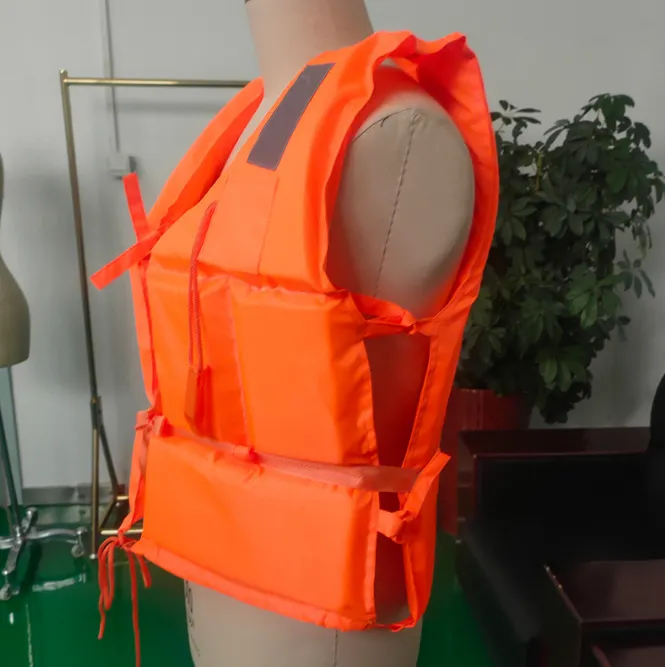
(nst fire hose)









